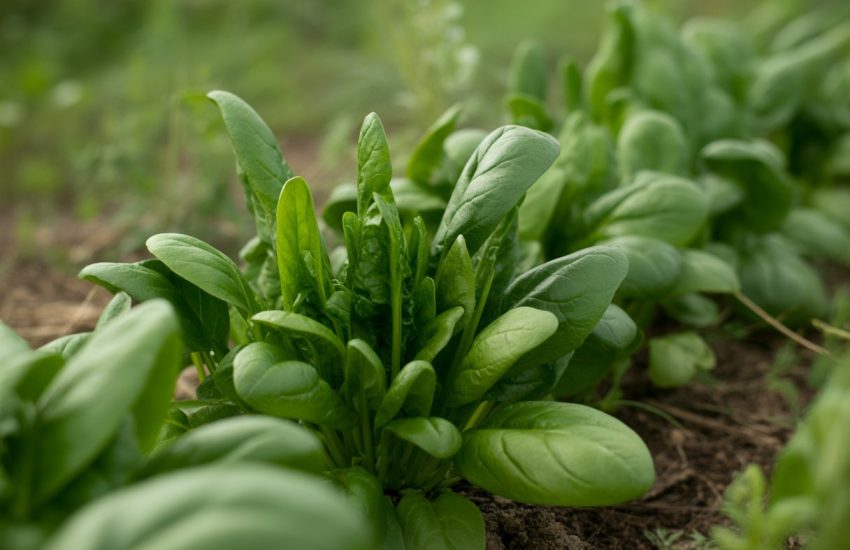Types of Oak Trees in Wisconsin: A Guide to Identifying Common Species
Wisconsin is home to a diverse range of oak trees, each with unique characteristics and adaptations to their environment. Oak trees are an important component of the state’s ecosystems, providing habitat and food for many wildlife species. Understanding the different types of oak trees in Wisconsin can help individuals appreciate and protect these valuable natural resources.

There are several species of oak trees native to Wisconsin, including white oak, red oak, and bur oak. Each species has distinct physical features, such as leaf shape and bark texture, as well as unique adaptations to their specific habitat. For example, bur oaks are commonly found in low-lying areas and floodplains, while white oaks prefer well-drained upland soils.
The importance of oak trees in Wisconsin cannot be overstated. They provide essential habitat for a variety of wildlife species, including birds, mammals, and insects. Additionally, oak trees play a crucial role in maintaining healthy ecosystems by filtering water, reducing erosion, and storing carbon. By understanding the different types of oak trees in Wisconsin and their ecological significance, individuals can make informed decisions to help protect these valuable resources for future generations.
Common Oak Tree Species in Wisconsin

Wisconsin is home to a variety of oak tree species, each with its own unique characteristics and benefits. Here are some of the most common oak tree species found in Wisconsin.
White Oak (Quercus Alba)
The White Oak is a popular species in Wisconsin due to its durability and beautiful appearance. It can grow up to 80 feet tall and has a broad, rounded crown. Its leaves are lobed and turn a reddish-brown color in the fall. The bark of the White Oak is light gray and scaly. It produces acorns that are a valuable food source for wildlife. The wood of the White Oak is commonly used for furniture, flooring, and barrels.
Red Oak (Quercus Rubra)
The Red Oak is another common oak tree species in Wisconsin. It can grow up to 90 feet tall and has a straight trunk with a rounded crown. Its leaves are pointed and turn a deep red color in the fall. The bark of the Red Oak is dark gray and rough. It produces acorns that are an important food source for wildlife. The wood of the Red Oak is commonly used for furniture, flooring, and cabinets.
Bur Oak (Quercus Macrocarpa)
The Bur Oak is a large and majestic oak tree species found in Wisconsin. It can grow up to 100 feet tall and has a broad, spreading crown. Its leaves are large and deeply lobed, turning a yellow-brown color in the fall. The bark of the Bur Oak is gray and deeply furrowed. It produces large acorns that are a valuable food source for wildlife. The wood of the Bur Oak is commonly used for fence posts, furniture, and flooring.
Swamp White Oak (Quercus Bicolor)
The Swamp White Oak is a unique oak tree species found in wetland areas of Wisconsin. It can grow up to 60 feet tall and has a narrow, rounded crown. Its leaves are lobed and turn a yellow-brown color in the fall. The bark of the Swamp White Oak is gray and scaly. It produces acorns that are an important food source for wildlife. The wood of the Swamp White Oak is commonly used for flooring and furniture.
Black Oak (Quercus Velutina)
The Black Oak is a sturdy oak tree species found in Wisconsin. It can grow up to 80 feet tall and has a narrow, rounded crown. Its leaves are deeply lobed and turn a reddish-brown color in the fall. The bark of the Black Oak is dark gray and rough. It produces acorns that are a valuable food source for wildlife. The wood of the Black Oak is commonly used for furniture, flooring, and cabinets.
Overall, these oak tree species provide important benefits to Wisconsin’s wildlife, habitats, and regions. Conservation efforts are being made to protect and preserve these valuable trees for future generations to enjoy.
Ecological Importance and Uses

Habitat and Wildlife Support
Oak trees are an essential part of Wisconsin’s ecosystem, providing a habitat for a wide range of wildlife. The trees’ dense foliage provides shelter for birds, squirrels, and other small animals, while their acorns are a valuable source of food for deer, turkeys, and other wildlife. The oak tree’s deep root system also helps to prevent soil erosion and maintain the health of the surrounding ecosystem.
Conservation efforts have been put in place to protect the oak tree’s habitat and ensure their survival. These efforts include planting new oak trees in areas where they have been lost due to development or natural disasters.
Economic and Practical Uses
Oak trees have been used for centuries in construction and furniture making due to their strength and durability. The wood is also used to make barrels for aging wine and whiskey, which gives these beverages their distinct flavor.
In addition to their use in construction and furniture, oak trees are also a valuable source of fuel. The wood burns hot and slow, making it ideal for use in fireplaces and wood stoves.
Overall, oak trees play a vital role in Wisconsin’s economy and ecosystem. Their importance cannot be overstated, and efforts must be made to protect and preserve these valuable trees for future generations to enjoy.


